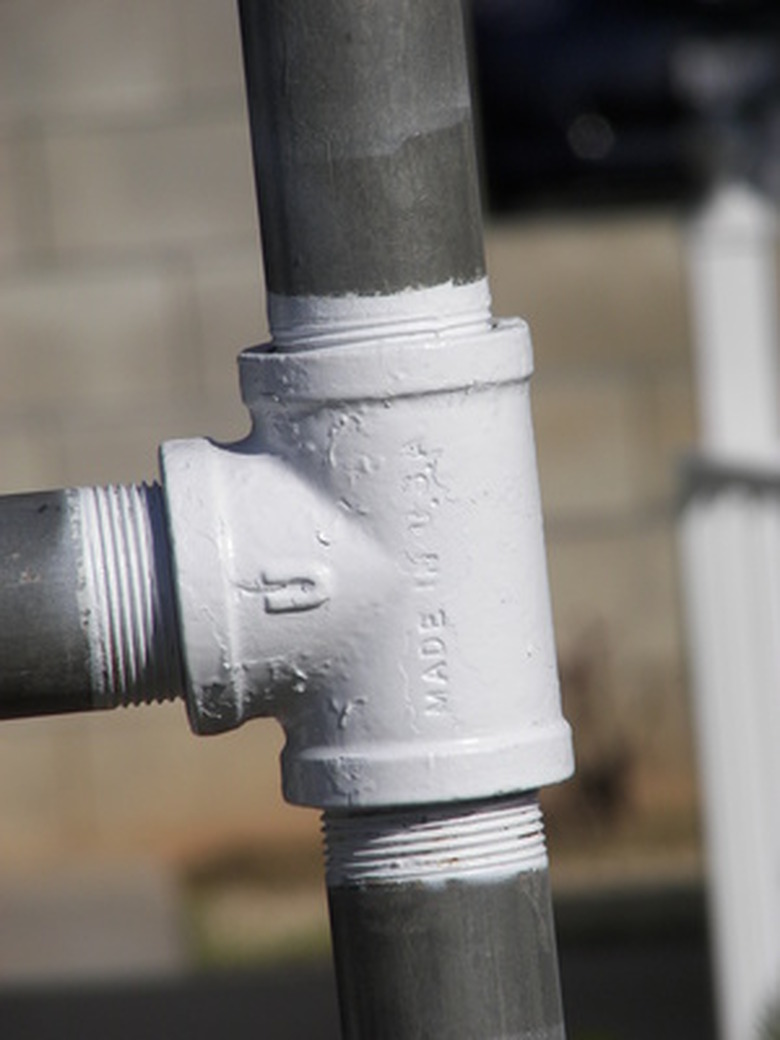How To Convert KPa To Liters Per Minute
Mathematician Daniel Bernoulli derived an equation linking pressure in a pipe, measured in kilopascals, with a fluid's flow rate, measured in liters per minute. According to Bernoulli, a pipe's total pressure is constant at all points. Subtracting the fluid's static pressure from this total pressure therefore calculates any point's dynamic pressure. This dynamic pressure, at a known density, determines the fluid's velocity. The flow rate, in turn, at a known pipe cross-sectional area, determines the fluid's flow rate.
Step 1
Subtract static pressure from the total pressure. If the pipe has a total pressure of 0.035 kilopascals and a static pressure of 0.01 kilopascals: 0.035 – 0.01 = 0.025 kilopascals.
Step 2
Multiply by 2: 0.025 x 2 = 0.05.
Step 3
Multiply by 1,000 to convert to pascals: 0.05 x 1,000 = 50.
Step 4
Divide by the fluid's density, in kilograms per cubic meter. If the fluid has a density of 750 kilograms per cubic meter: 50 / 750 = 0.067
Step 5
Find the square root of your answer: 0.067 ^ 0.5 = 0.26. This is the fluid's velocity, in meters per second.
Step 6
Find the square of the pipe's radius, in meters. If it has a radius of 0.1 meters: 0.1 x 0.1 = 0.01.
Step 7
Multiply your answer by pi: 0.01 x 3.1416 = 0.031416.
Step 8
Multiply your answer by the answer to step five: 0.031416 x 0.26 = 0.00817 cubic meters per second.
Step 9
Multiply by 1,000: 0.00833 x 1,000 = 8.17 liters per second.
Step 10
Multiply by 60: 8.17 x 60 = 490.2 liters per minute.
References
Cite This Article
MLA
Menezes, Ryan. "How To Convert KPa To Liters Per Minute" sciencing.com, https://www.sciencing.com/how-7562015-convert-kpa-liters-per-minute/. 7 August 2017.
APA
Menezes, Ryan. (2017, August 7). How To Convert KPa To Liters Per Minute. sciencing.com. Retrieved from https://www.sciencing.com/how-7562015-convert-kpa-liters-per-minute/
Chicago
Menezes, Ryan. How To Convert KPa To Liters Per Minute last modified March 24, 2022. https://www.sciencing.com/how-7562015-convert-kpa-liters-per-minute/
